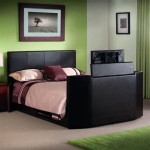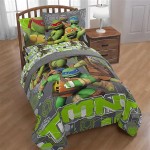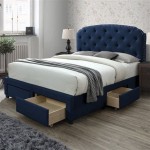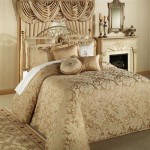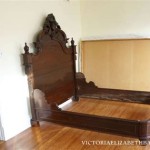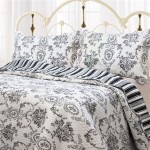Is Plywood Good for Garden Beds?
Plywood, a versatile and readily available material, has found its way into numerous construction projects, including garden beds. While its affordability and ease of use make it an appealing option, it is essential to consider its suitability for this particular application. This article delves into the pros and cons of using plywood for garden beds, examining its durability, longevity, and potential drawbacks.
Durability and Longevity
Plywood, particularly exterior-grade plywood, offers a decent level of durability. It is resistant to moisture and decay, making it suitable for outdoor use. However, its longevity in a garden bed setting can vary significantly depending on factors such as exposure to weather, soil moisture, and the type of plywood used. Plywood treated with pressure preservatives and coated with paint or sealant can withstand the elements for several years. However, untreated plywood will gradually deteriorate due to moisture absorption, rot, and insect infestation.
Factors to Consider
When deciding whether plywood is appropriate for your garden bed, it is essential to consider various factors:
- Type of Plywood: Exterior-grade plywood, treated with preservatives and moisture-resistant coatings, is recommended for garden beds. Avoid using interior-grade plywood, as it is not designed for outdoor use and will quickly deteriorate.
- Soil Moisture: High soil moisture levels can accelerate the deterioration of plywood. If your garden bed experiences frequent heavy rainfall or excessive watering, it is best to choose a more durable material, such as cedar, redwood, or composite.
- Exposure to Weather: Direct sunlight and rain can damage plywood over time. Consider using a weather-resistant finish, such as paint or sealant, to protect the plywood from the elements.
- Cost: Plywood is generally more affordable than other materials, such as cedar or redwood. However, it is essential to factor in the cost of treatment, coating, and potential replacement over time.
Alternatives to Plywood
While plywood can be a viable option for garden beds, there are alternative materials that may offer better durability and longevity. These include:
- Cedar and Redwood: Naturally resistant to rot and insects, cedar and redwood offer excellent durability for outdoor applications. However, they are also more expensive than plywood.
- Composite Materials: Composite materials, such as recycled plastic lumber, are designed for outdoor use and are resistant to moisture, decay, and insects. They are typically more expensive than plywood but offer greater longevity.
- Concrete Blocks: Concrete blocks provide a robust and long-lasting option for garden beds. They are relatively inexpensive and require minimal maintenance.
Conclusion
Plywood can be a suitable material for garden beds, but it is important to consider its limitations and select the appropriate type of plywood for the specific application. By carefully evaluating the factors discussed above, gardeners can make an informed decision on whether plywood is the best choice for their garden beds.

Build A Raised Garden Bed Step By Platt Hill Nursery Blog Advice
Dammann S Garden Company Diy Series Raised Beds

Building Raised Beds Hip Digs

Plywood Osb Raised Beds After 1 Year

Build A Raised Garden Bed The Provincetown Independent
Guide For Building Wooden Raised Beds Kaltimber Timber Merchant Flooring

What Type Of Timber For A Garden Bed Bunnings Work Community

How To Create Raised Beds With Wood The Simple Secrets Success

How To Build Raised Garden Beds Diy Family Handyman

How To Design A Raised Bed Garden 10 Simple Steps
